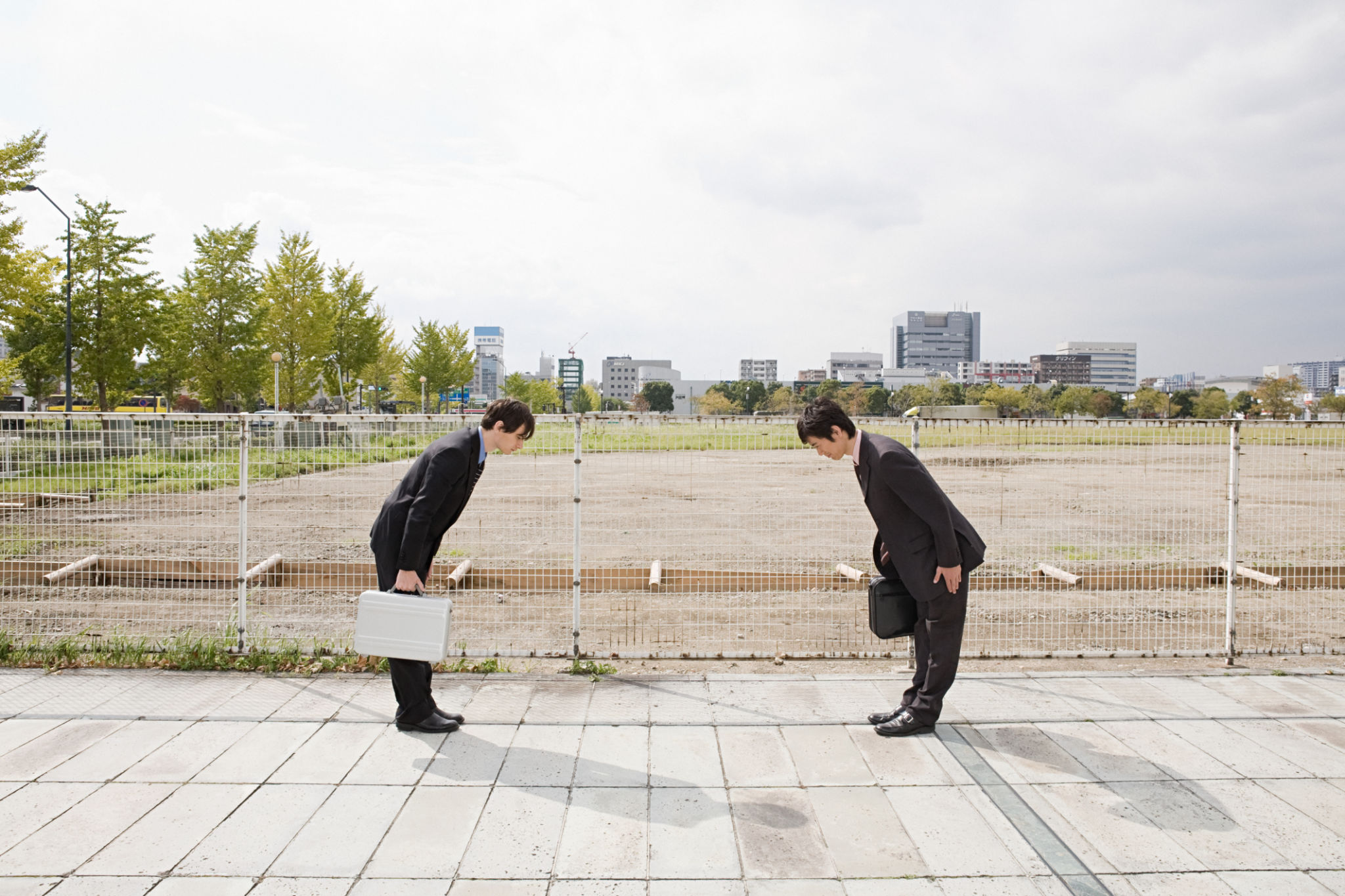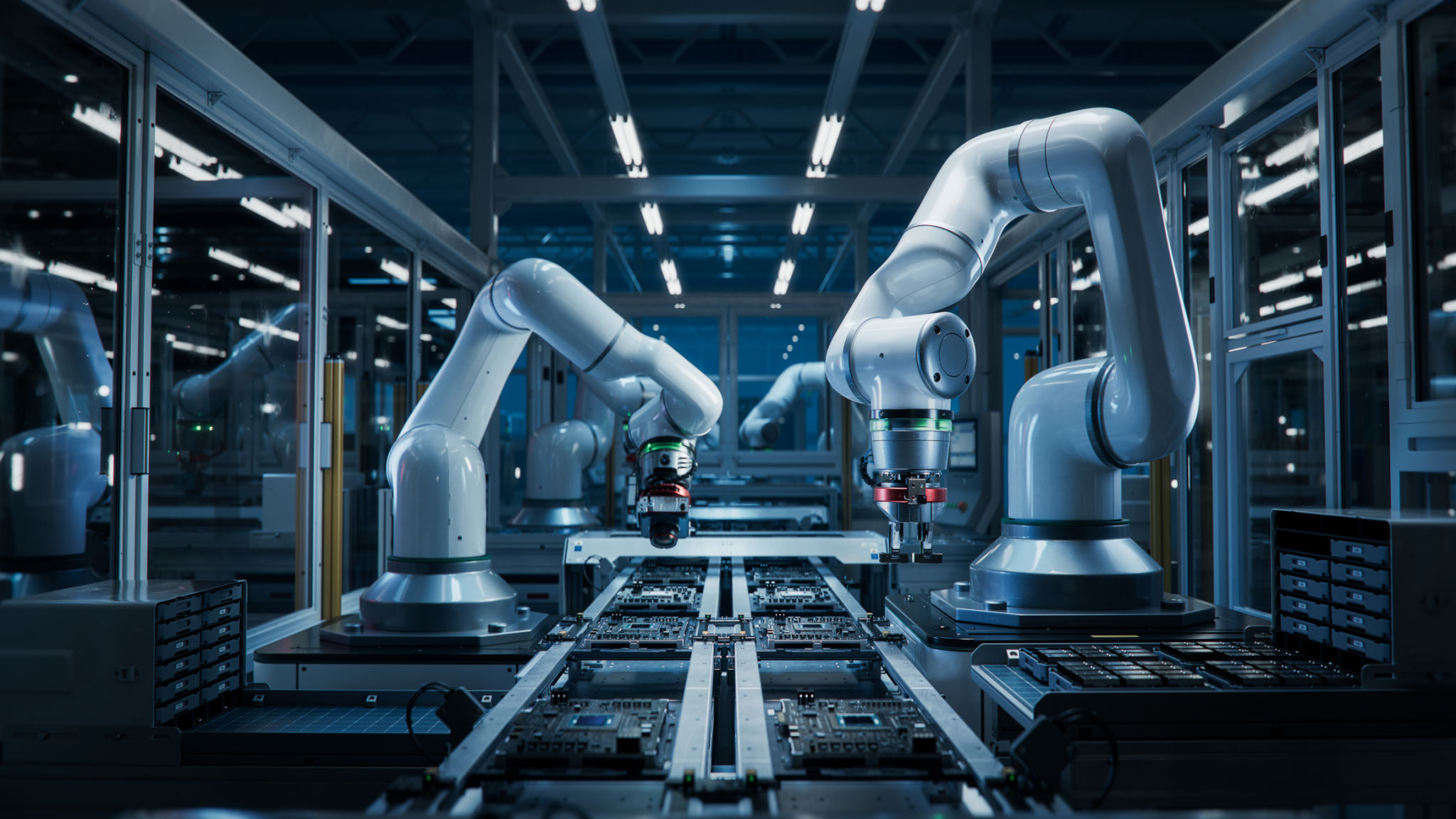The Ultimate Guide to Structural Fabrication for Bay Area Projects
Understanding Structural Fabrication
Structural fabrication is a crucial component of construction projects, especially in the bustling Bay Area where innovative architecture and infrastructure are constantly evolving. This process involves cutting, bending, and assembling raw materials to create structural frameworks for buildings, bridges, and other edifices. Understanding the nuances of structural fabrication can significantly impact the success and durability of your project.

The Importance of Precision
Precision in structural fabrication cannot be overstated. It ensures that each piece fits perfectly into the larger framework, which is essential for the safety and integrity of the structure. Accurate measurements and meticulous planning are the backbones of effective fabrication. In the Bay Area, where seismic activity is a concern, precise fabrication is even more critical to ensure structures can withstand potential earthquakes.
Materials Used in Structural Fabrication
A variety of materials are used in structural fabrication, each with its own benefits. The most common materials include:
- Steel: Known for its strength and durability, steel is the most popular choice for structural fabrication.
- Aluminum: Lightweight yet strong, aluminum is often used in projects where weight is a consideration.
- Concrete: Often combined with steel rebar, concrete provides robust support.

The Fabrication Process
The structural fabrication process generally involves several key steps:
- Design: Initial blueprints and CAD models are created to guide the project.
- Cutting: Materials are cut to precise measurements using advanced machinery.
- Bending: The cut materials are bent into the required shapes using specialized equipment.
- Assembly: Individual components are welded or bolted together to form larger structures.
Selecting the Right Fabrication Partner
Choosing the right partner for your structural fabrication needs is essential. Look for companies with a proven track record in the Bay Area, as they will have an understanding of local building codes and environmental considerations. Experienced fabricators will also offer innovative solutions and can help navigate complex projects efficiently.

Benefits of Local Expertise
Engaging a local fabrication expert brings several advantages. Not only do they bring firsthand experience with regional challenges, but they also have established relationships with local suppliers, which can be beneficial for timely project delivery. Moreover, local fabricators are familiar with the Bay Area’s unique weather patterns and seismic activity, allowing them to tailor their approach accordingly.
Innovations in Structural Fabrication
The field of structural fabrication is continually evolving with technological advancements. Automation and the use of robotics have transformed many aspects of the process, improving efficiency and precision. Additionally, new software tools enhance design capabilities, allowing for more complex structures to be fabricated with ease.

Future Trends
Looking ahead, sustainable practices and materials are becoming increasingly important in structural fabrication. The push towards eco-friendly construction means that new materials and methods are being developed to reduce environmental impact without compromising on quality or strength. Staying abreast of these trends can provide a competitive edge in the ever-changing landscape of Bay Area construction.